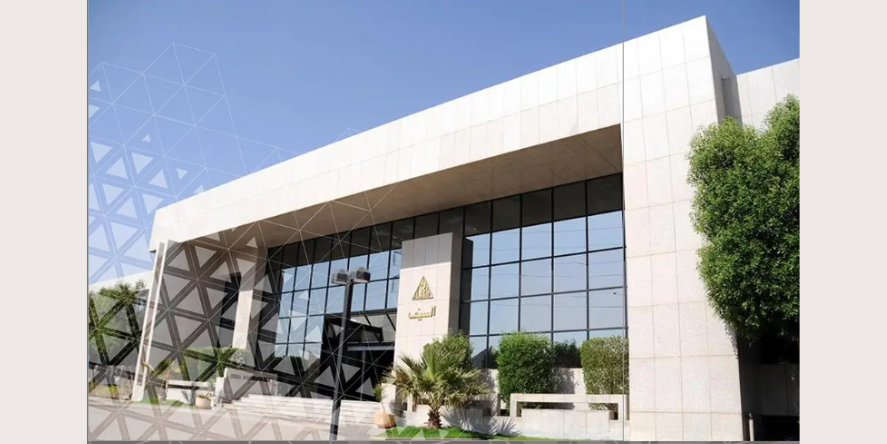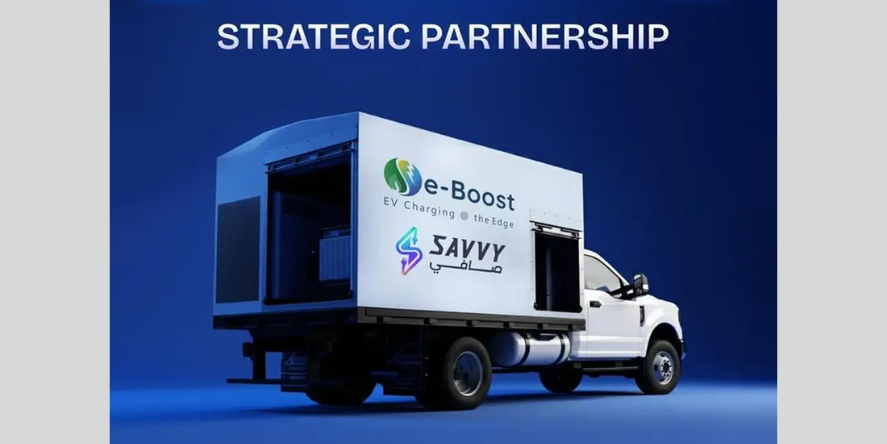In the current digital age, online threats pose an increasing risk to businesses of all sizes. As a response to these escalating challenges, outsourcing the SOC has become a key solution, offering a new direction in cybersecurity for a digitally vulnerable world. This blog delves into the intricacies of this innovative service and uncovers how SOC outsourcing is shaping the future of cybersecurity.
Understanding SOC as a Service
Security Operations Centre as a Service (SOCaaS) is a subscription-based cybersecurity service operated and maintained by a third-party vendor. It provides companies with a team of experts to manage their Security Operations Centre (SOC). It offers continuous monitoring, threat detection, and response capabilities, leveraging advanced technologies and methodologies to protect against vulnerabilities without the need for in-house SOC infrastructure or personnel.
How SOCaaS Differs From Traditional In-House SOC
The table below provides a clear comparison between SOCaaS and traditional in-house SOC.
| Aspect | SOCaaS | Traditional In-House SOC |
| Operation | Managed and operated by a third-party vendor, typically offsite. | It is run in-house by the organization’s own IT security team. |
| Cost | Subscription-based, often more cost-effective due to shared resources among multiple customers. | Requires significant upfront and ongoing investment in technology, infrastructure, and personnel. |
| Expertise Access | Provides access to a wide range of online defense experts and advanced technologies. | Limited to the expertise and tools available within the organization. |
| Scalability | Highly scalable, can easily adjust to the changing needs of the business. | Scalability is limited by available resources and can be time-consuming and expensive to implement. |
Key Components of SOCaaS
Organizations that need SOCaaS can benefit from its various services, including network monitoring and vulnerability detection, incident investigation and response, and compliance and risk management.
Network Monitoring and Threat Detection
At its core are network monitoring and threat detection, a proactive approach to safeguarding digital assets. Providers utilize advanced tools to continuously scan and analyze network traffic, identifying potential risks in real-time. This process involves scrutinizing internet traffic, corporate networks, endpoints, and other digital assets for unusual activities or anomalies that could indicate a vulnerability.
Incident Investigation and Response
This phase is critical in mitigating the impact of online attacks. The teams, comprising skilled analysts and incident responders, undertake a thorough investigation to understand the scope and scale of the incident. They employ a range of techniques, from basic alert triage to advanced threat hunting. This process is not just about addressing the immediate hazard but also involves crafting strategies to prevent similar incidents in the future.
Compliance and Risk Management
An often overlooked yet vital component of SOCaaS is compliance and risk management. As regulatory requirements become more stringent, firms must ensure they adhere to various standards and laws. Providers play a paramount role in helping companies meet these compliance requirements. They offer tools and expertise to manage risks, conduct regular audits, and ensure that security practices align with industry standards and regulations.
Benefits of Adopting SOCaaS
Here are some of the core benefits of SOCaaS that make it a viable option for businesses of all sizes.
| Benefit | Description |
| Expedited Threat Detection and Remediation | SOCaaS accelerates the identification and resolution of risks, offering rapid detection and quick neutralization of potential threats. This prompt response minimizes damage and is crucial in preventing significant data breaches or financial losses. |
| Access to Specialised Security Expertise | Provides access to a team of seasoned professionals with specialized knowledge in cybersecurity. This expertise is valuable for organizations lacking resources for a full-time, diverse team of online safety experts. |
| Cost-Effectiveness Compared to On-Premise SOC | Offers an economical alternative to building an in-house SOC, avoiding substantial capital expenditures like infrastructure costs, software licenses, and maintenance expenses. The subscription-based model provides a predictable cost structure. |
| Scalability and Flexibility in Security Operations | SOCaaS is adaptable, allowing businesses to scale their security operations according to their changing needs. This includes expanding the monitoring scope or adapting to new types of attacks, ensuring protection against both current and future cybersecurity challenges. |
Conclusion
SOCaaS is crucial in enhancing cybersecurity, offering real-time threat monitoring and response, and catering to the diverse needs of businesses. It combines expertise, advanced technology, and cost-efficiency, making robust cybersecurity accessible to organizations of all sizes. Hence, as cyber threats evolve, adopting SOCaaS is a strategic and necessary step for businesses committed to protecting their digital assets.
Blog Received On Mail
More Insights on Cybersecurity











